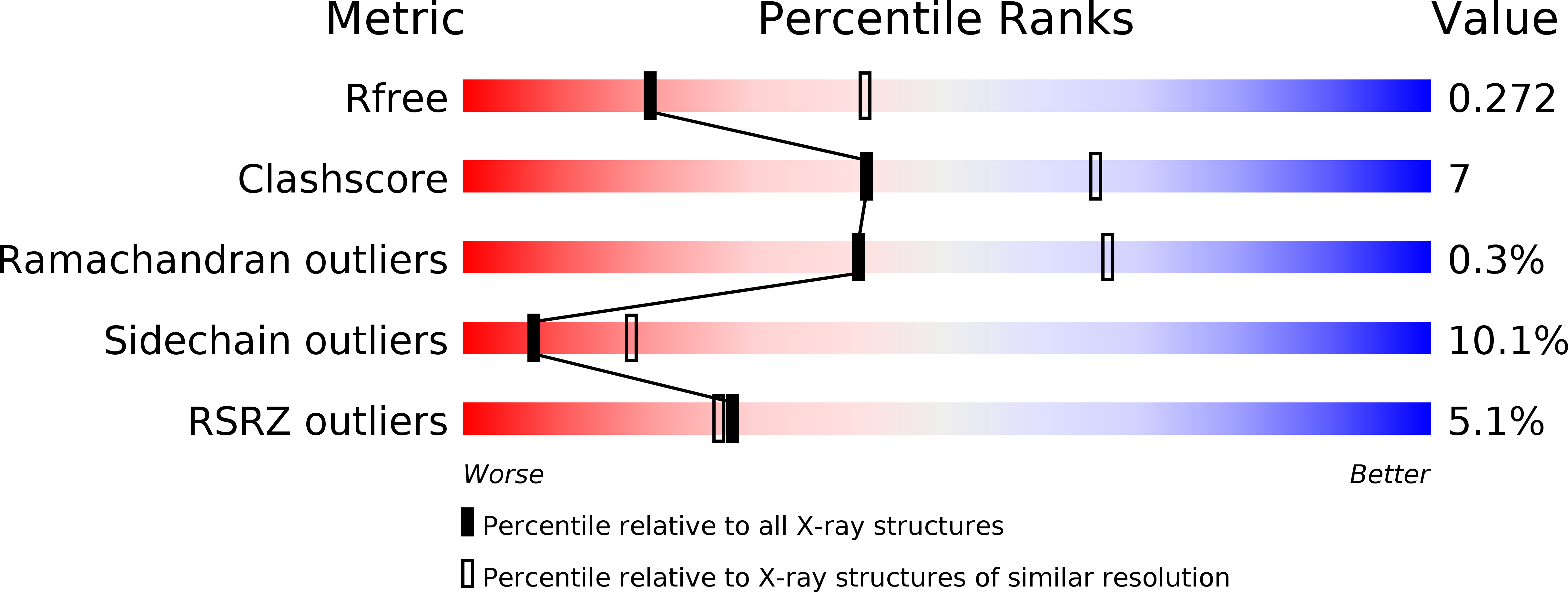
Deposition Date
2017-07-18
Release Date
2018-07-25
Last Version Date
2024-10-23
Method Details:
Experimental Method:
Resolution:
2.70 Å
R-Value Free:
0.26
R-Value Work:
0.21
R-Value Observed:
0.21
Space Group:
P 1 21 1


